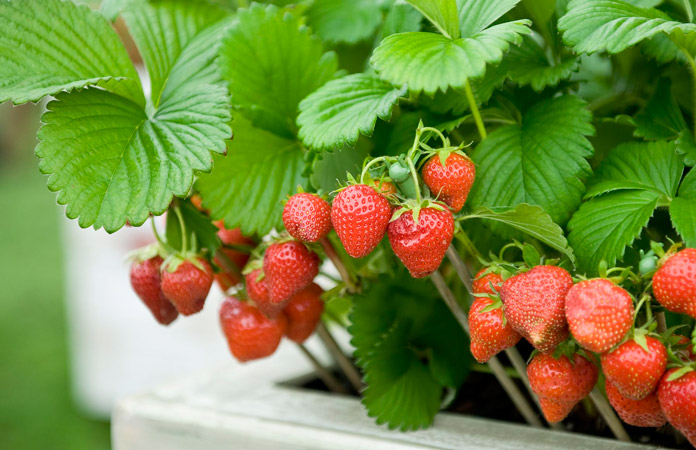Summer vacation can be a great chance for sleepovers and family trips. However, it also brings with it some frightening reports of children drowning. No parent wants to read or hear scary stories on media about dry or secondary drowning. To reduce the risk, it is important to understand the problem and possible options to prevent it. Below are some important facts that you need to know about dry drowning.
What Is Dry Drowning?
When you fall in the water, it is human nature to gulp down or breathe in water in a panic state. After being rescued, we often think that the danger is not there anymore. However, this is not actually true. When water goes through the mouth or nose, windpipe muscles will protect the lungs by becoming constrained. This condition is known as dry drowning, medically known as the post-immersion syndrome. It is not common and mostly happens in children. Prompt medical attention is needed because dry drowning can lead to some dangerous complications even when you appear dry and safe. [1]










